- The first three phases of Dogger Bank will cost around £11 billion ($14 billion) to build
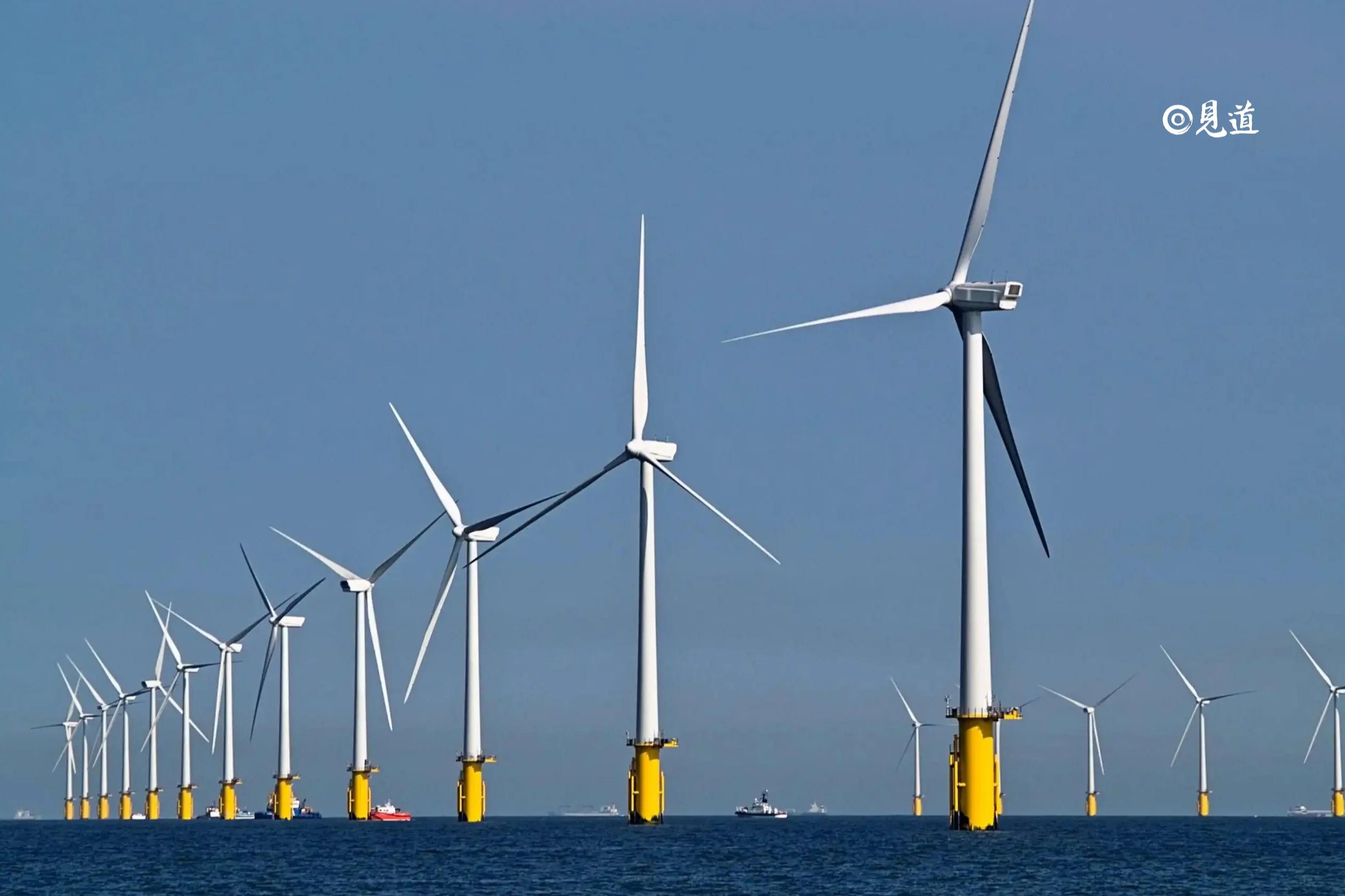
Plans for hydrogen production at Dogger Bank D, the fourth site of the world's largest offshore wind farm, have been scrapped after the developer decided it would focus solely on supplying electricity to the grid.
The Dogger Bank D project was unveiled in December 2023 by developers SSE Renewables and Equinor: plans to add an additional 2GW of capacity to the 3.6GW already built in UK North Sea wind farms. The feasibility of green hydrogen for Dogger Bank D was also announced. SSE Renewables and Equinor said at the time that using wind farm electricity to power the UK's largest onshore green hydrogen plant was an option for the Dogger Bank D project, with a connection to the UK grid another possible route for its power.
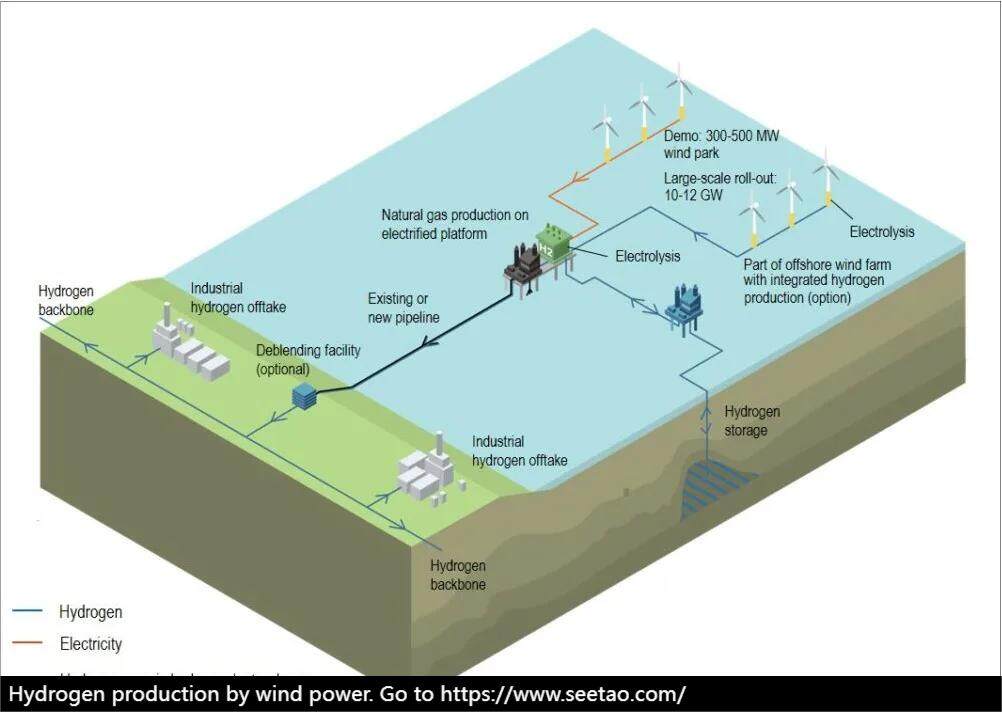
On Friday, however, two developers said that Dogger Bank D has now secured a grid connection site in Yorkshire, northeast England, and is also considering a hybrid interconnection with the European electricity market to add new capacity.
SSE and Equinor said: "With the confirmation of the Yorkshire onshore grid connection location, the option to use wind energy produced by Dogger Bank D for hydrogen production has been removed and Dogger Bank D will now focus its full attention on the connection to the electricity transmission system."
In early 2024, the halade-x 13MW wind turbine installed on the Dogger Bank A(1.2GW) project was commissioned, which was due to come fully online this year but will now not be completed until 2025 due to weather, ship and supply chain delays.
The first three phases of Dogger Bank will cost around £11 billion ($14 billion) to build and provide enough electricity to power 6 million UK homes, making the project a new benchmark in the global offshore wind sector. Editor/Xu Shengpeng
Comment
 Praise
Praise
 Collect
Collect
 Comment
Comment
 Search
Search



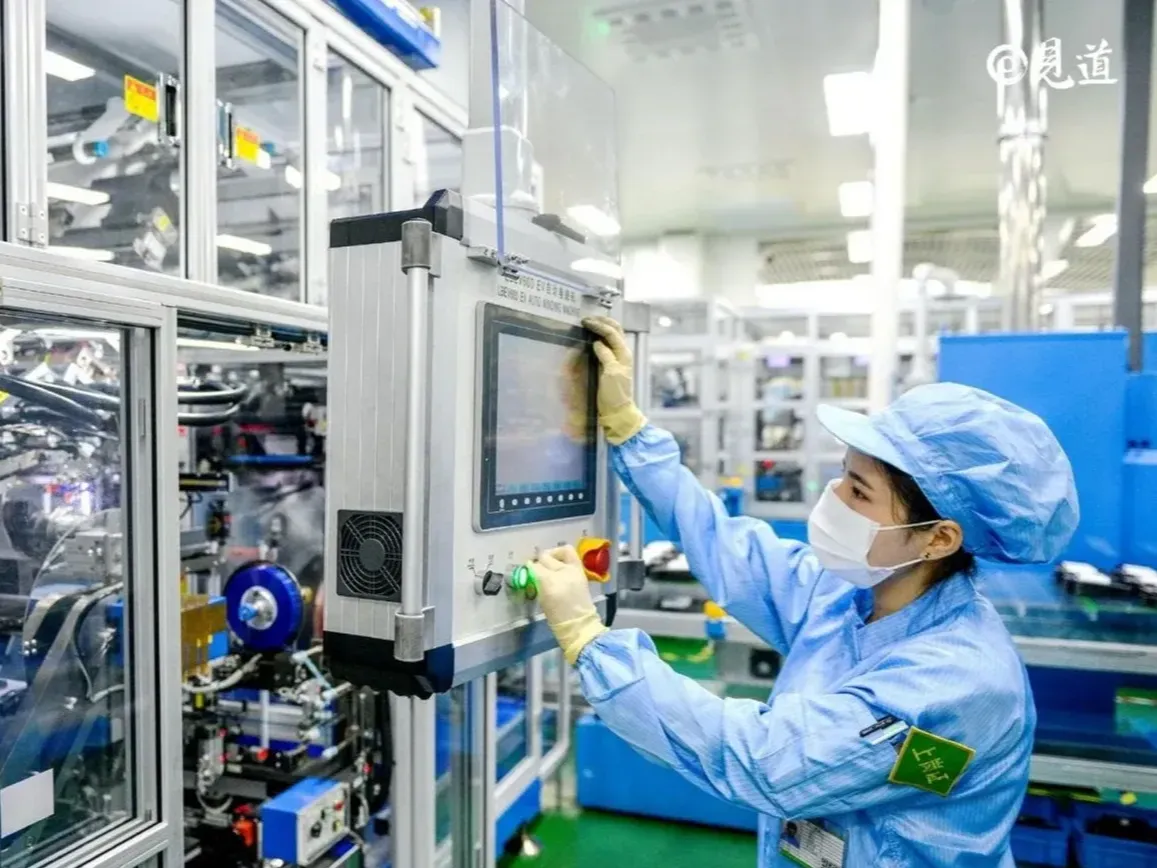

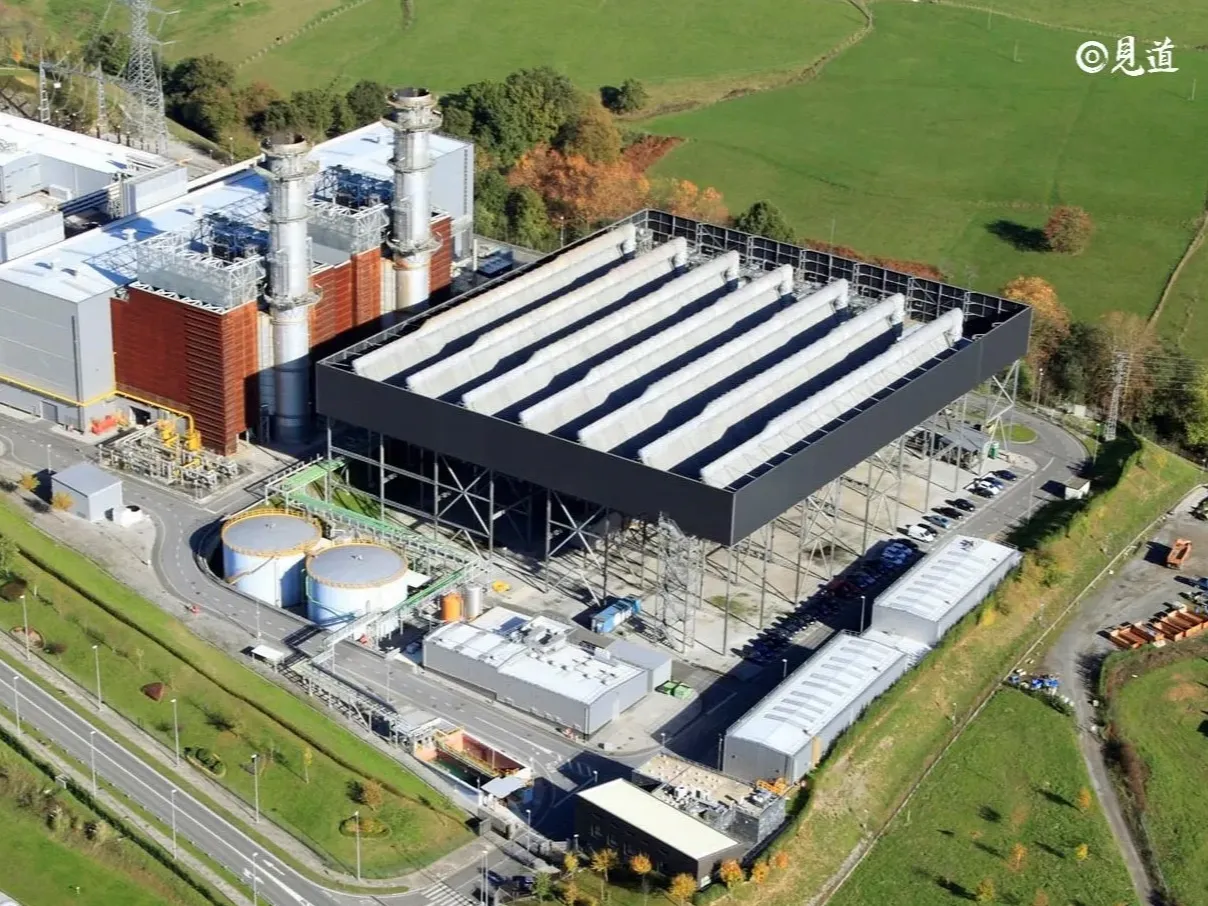
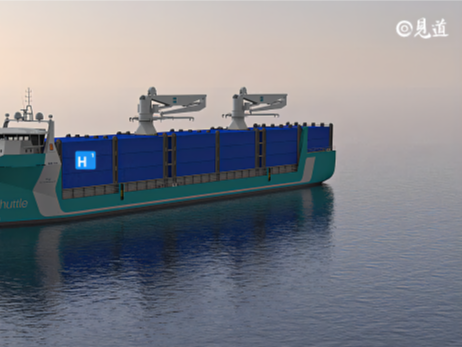
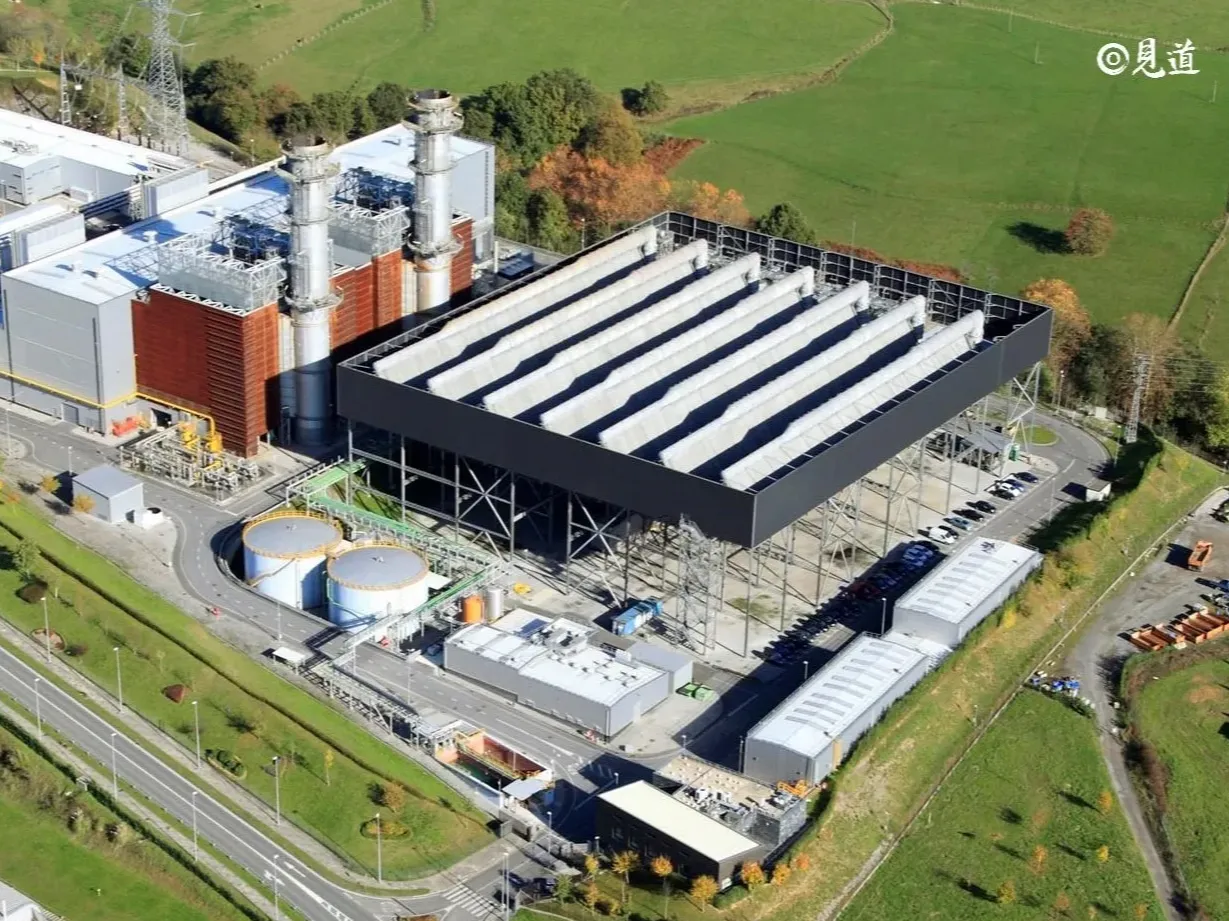






Write something~